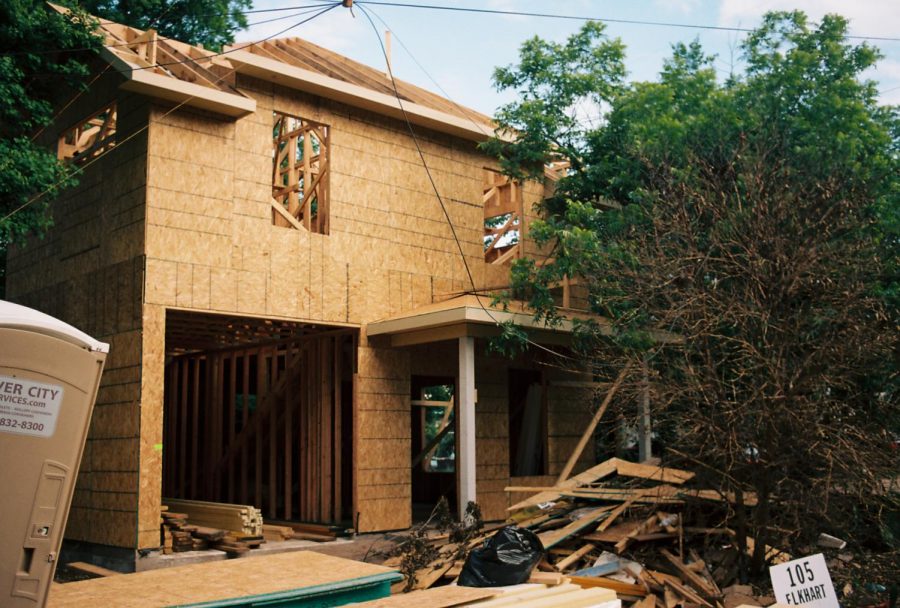UT’s Uprooted Project helps to stop gentrifying areas in East Austin, one neighborhood at a time
August 9, 2021
Editor’s Note: This article first appeared as part of the August 2 flipbook.
Brenda Malik, president of Rogers Washington Holy Cross neighborhood, mourns the closure of the beloved original L.C. Anderson High School in East Austin. A high school for Black students prior to desegregation, L.C. Anderson built the foundation for the circle Malik grew up in. Although the forced closure happened in 1971 after she graduated, Malik is constantly reminded of the erasure of her community.
“(The school) was such a focal point that the community could rally behind and the closing of it was just traumatic. … It split us up,” said Malik.
Austin is the 10th fastest gentrifying city in America due to fewer regulations, lower taxes and a decreased cost of living attracting companies like Tesla. As the Austin population increases, minority communities are being forced to leave their neighborhoods at a disproportionate rate compared to their white counterparts.
To combat displacement, a group of UT faculty have established the Uprooted Project to help prevent residential areas, like Malik’s neighborhood, from becoming victims of gentrification.
Jake Wegmann, an associate professor of community and regional planning, leads the Uprooted Project. The Project offers resources to neighborhoods susceptible to gentrification by spreading awareness and suggesting policy interventions curated by experts on the subject. Their two main goals are to identify gentrification and provide the city with information to help eliminate involuntary displacement as a result of gentrification.
“Gentrification is not only about the removal of landmarks, but more importantly about the displacement of people,” said Wegmann. “I don’t think you can stop gentrification, but what you can do is plan a better future for the neighborhood.”
Built in the 1950s, Rogers Washington Holy Cross became a home to the Black community after being denied housing in other areas of Austin. When Malik became the president of her Rogers Washington Holy Cross Neighborhood Association, she vowed to protect the neighborhood from demolition.
“We were a very close-knit community, everybody knew everybody and we would get together and talk about family and friends and break bread,” Malik said. “However, about five to six years ago, we started to notice every week there was a house going down and something of a monstrosity put in its place.”
Set on keeping her promise to preserve the community, Malik and the rest of the neighborhood association of Rogers Washington Holy Cross applied to be titled a historic district, which would help maintain the original neighborhood. Recognized for its rich Black history, Austin City Council designated Rogers Washington Holy Cross as a historic district in September 2020.
“It’s not all about the money,” Malik said. “You have to think about the people and the Black sweat and tears that were put into building these neighborhoods.”
Mechanical engineering junior Emily Jones has lived in the Cedar Park area her whole life. In the past few years however, she said the changes in East Austin have been rapid.
“(I) look at Austin in a different light,” Jones said. “Growing up I always saw it as this unique city filled with life, but now it seems it’s heading toward becoming another tech capital. Especially with the increased cost of living in Austin, I don’t expect to recognize certain areas of the city in the future, if not even the whole city.”
Both Jones and Malik are concerned the place they’ve called home for years is slowly dissipating, but hope more awareness can promote solutions.
“I won’t let my district get pushed further and further east,” said Malik. “I always ask the question, ‘How far east do we have to go to be left alone?’”



